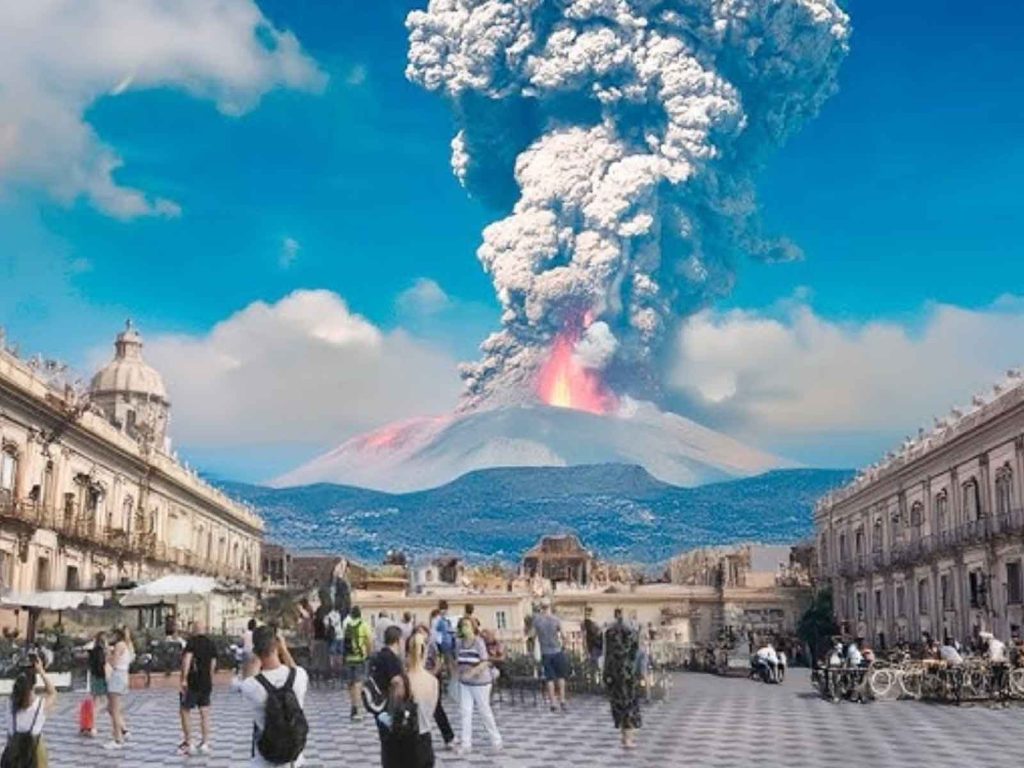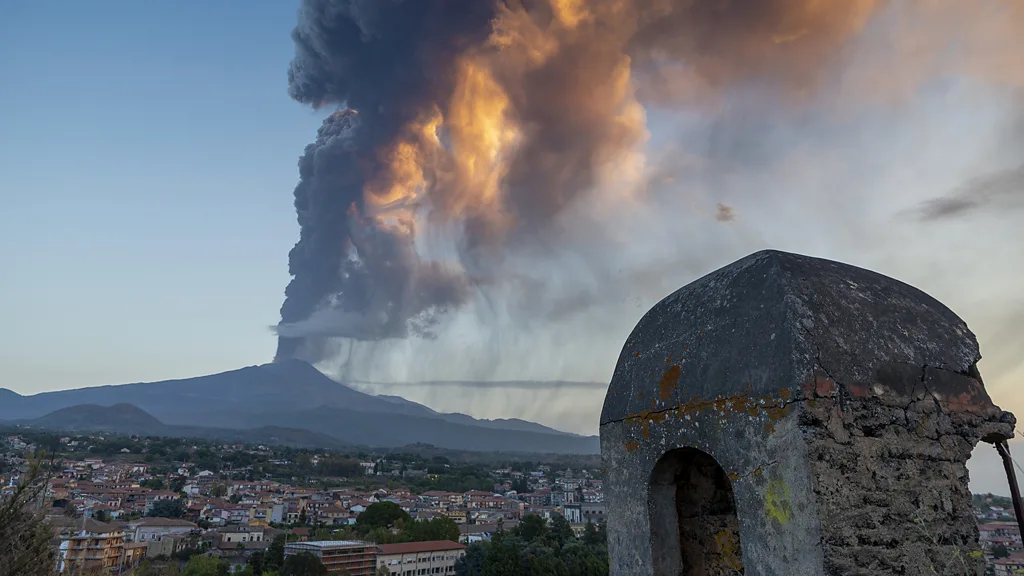
- Mount Etna and Mount Stromboli Spark New Research with Recent Eruptions
Recent volcanic activity at Mount Etna and Mount Stromboli in Italy has captured the attention of scientists worldwide. On July 11, Mount Stromboli, one of the most active volcanoes globally, experienced a significant eruption, known as a paroxysm. This event, which saw a massive ash plume rise several kilometers into the sky, interrupted a period of milder activity and led to heightened interest among volcanologists.

The eruption occurred just as a group of European volcanologists, including Chiara Maria Petrone from the Natural History Museum in the UK, were about to begin their regular meeting. “It was really exciting,” Petrone recalls, noting that scientists quickly shared real-time data and observations from the eruption.
Stromboli’s paroxysms are rare, with the last major one occurring in 2019. This month’s eruption has coincided with significant activity at Mount Etna, which erupted on July 4, producing dramatic lava fountains and ongoing eruptions. Both volcanoes are among the most closely monitored in the world, equipped with a range of sensors, cameras, and satellite technology.

Recent activity at Stromboli has generated considerable scientific interest, as researchers seek to understand whether such explosive events may become more frequent. The eruption on July 11 was somewhat anticipated, following increased activity observed during a visit to the volcano in May. Although initial assessments suggest the eruption was not as intense as previous ones, scientists are eager to analyze new magma samples to gain further insights.

Valentin Freret-Lorgeril from the University of Auvergne highlights that the eruptions at Stromboli and Etna are coincidental, with distinct geological processes driving each volcano. Stromboli’s eruptions are classified as “Strombolian,” characterized by continuous moderate activity with occasional larger bursts, differing from “Vulcanian” eruptions, which involve explosive outbursts driven by gas buildup.
Freret-Lorgeril’s team recently conducted a role-playing exercise simulating a large eruption at Stromboli, which proved prescient given the real-life event. Early warning systems and changes in the volcano’s shape had signaled potential eruptions.
Mount Etna’s recent eruptions have led to notable changes, including an increase in the height of one of its craters, Voragine. This dynamic activity demonstrates the ever-changing nature of volcanic formations.
While Stromboli’s activity is relatively well-understood, occasional unexpected eruptions can pose significant risks, including landslides and tsunamis. Scientists are also exploring advanced technologies to study the volcano’s interior, potentially using heat-resistant robots to gain more detailed insights.
In summary, the ongoing activity at Mount Etna and Mount Stromboli offers valuable opportunities for scientific research, enhancing our understanding of volcanic processes and improving eruption prediction methods.




